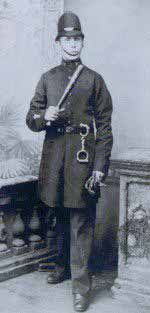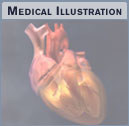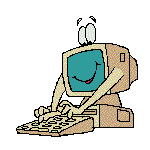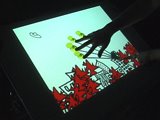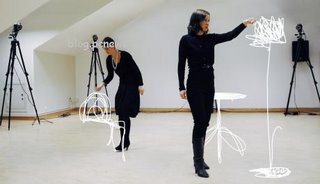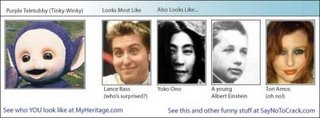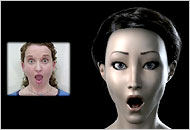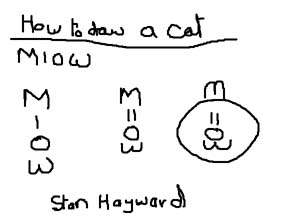
Although there are some people who feel that people don't understand people, and that is why the world is in such a state, perhaps robots can explain to the rest of us why we do what we do.
Of course, we (people) are a bit afraid that robots will one day take over the world. It seems that animated creatures are on the way to doing just that, as this year has seen an explosion of animated movies, probably the biggest release of any year. But why?
It could be that computers have reached a point where they can produce an animated movie that is comparable in cost and time to a live-action movie. This is the spin-off from libraries that allow characters created for one movie to be recycled for others. It could be that audiences are tired of the big action-packed kill-em-all movies. On the other hand it could be just market forces. A hit animated movie has great merchandising potential, which is rare for a live-action film.
Animated shorts are not missing out either. Waste you time looking at some animated jokes.
Stan



